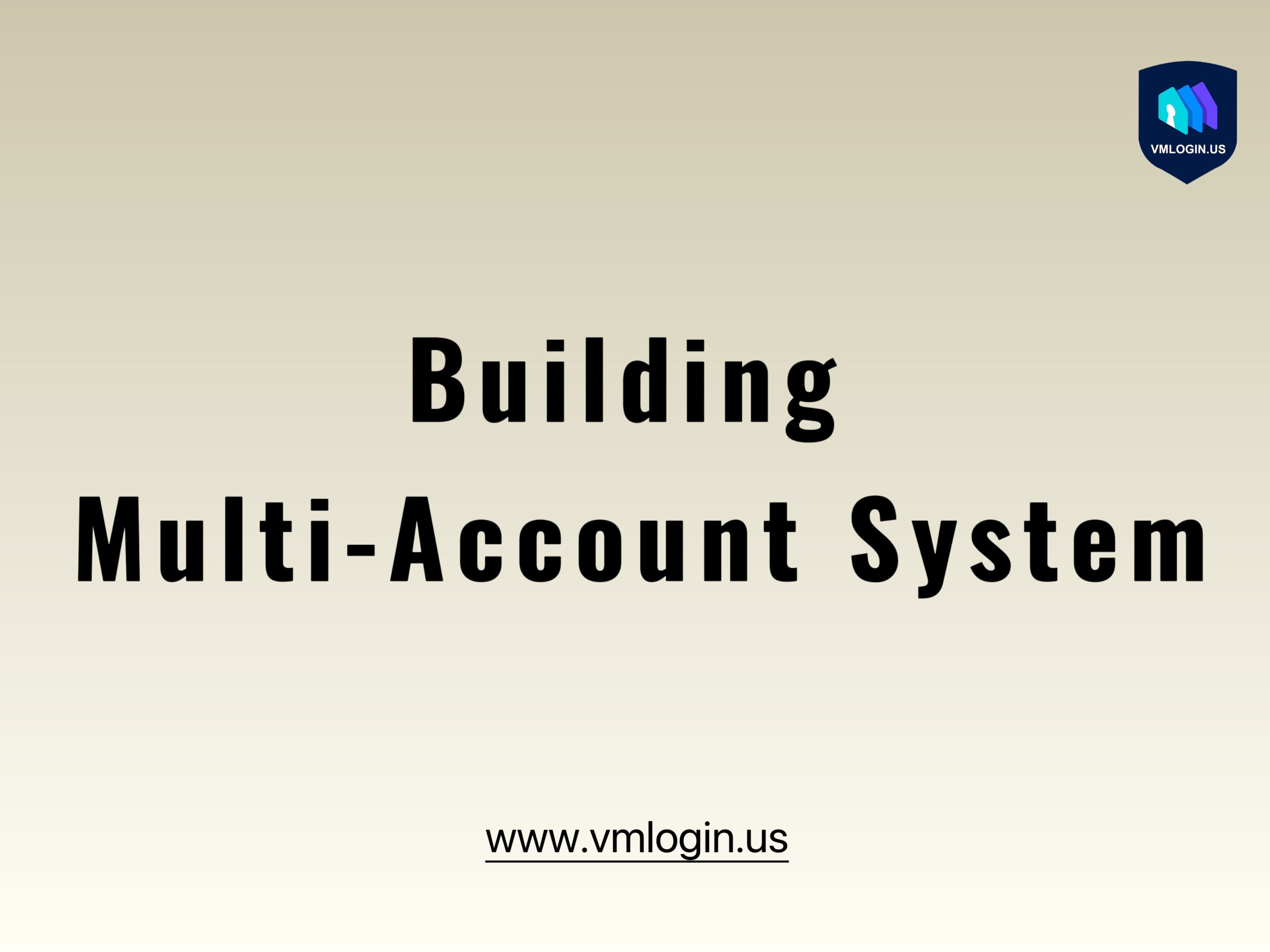In the digital world, accounts are more than just logins — they’re assets. Whether you’re doing social media marketing, running e-commerce stores, or managing ad campaigns, having a well-structured account matrix can give you a real edge.
But here’s the thing: it’s not just about creating dozens of accounts. It’s about managing them smartly and keeping them alive.
Let’s break down some essential (but often overlooked) tips for building a reliable and scalable account matrix from the ground up.
1. It’s Not About Quantity — It’s About Survivability
Many beginners make the same mistake: rushing to register tons of accounts without a proper system. The result? Mass bans and wasted time.
Remember this: the longer an account survives, the more valuable it becomes.
That’s why account environments — IPs, fingerprints, cookies — matter way more than people think.
2. Avoid Linking — Make Every Account Look Like a Different Person
Whether you’re on Facebook, TikTok, Amazon, or any other platform, they’re all tracking you — not just your login, but your browser, IP, time zone, language, device specs, and even behavior.
If you run multiple accounts on the same setup, the platform sees them as the same person.
That’s how bans happen.
To prevent that, you need to:
– Assign each account a unique IP (residential or proxy)
– Use isolated browser environments with different fingerprints
– Separate cookies, history, local storage, and cache
– Avoid logging in/out repeatedly on the same device
One tool we’ve found especially helpful is VMLogin Antidetect Browser. It lets you create multiple isolated browser profiles, each with unique device fingerprints. You can easily manage dozens of accounts in one place without them ever “seeing” each other.
If you’re serious about account operations, using a professional browser like VMLogin is no longer optional — it’s essential.
3. Don’t Rush — Warm Up Your Accounts Properly
New accounts = high-risk users. Platforms naturally scrutinize them more closely.
So don’t jump straight into ad campaigns or link dropping.
Instead, spend a few days doing regular user behavior:
– Browse content, scroll slowly, watch videos
– Like, comment, follow — gradually
– Avoid sudden IP/device changes
– Use consistent logins from one environment
A warm-up period of 3–7 days can make a huge difference in account stability.
4. Structure Is Key — Tag, Track, and Stay Organized
Managing 10 accounts is easy. Managing 100? That’s a system problem.
Here’s what helps:
– Define clear roles: content accounts, traffic accounts, conversion accounts
– Use naming conventions like: Platform–Region–Purpose–Date
– Create tracking sheets for login info, proxy status, usage logs
– Regularly check for issues: shadowbans, bans, suspicious activity
If you’re working in a team, you’ll also need access controls, team collaboration features, and centralized profile sharing — which VMLogin also supports.
5. Optimize Over Time — Your Matrix Should Evolve
A good matrix isn’t static. You’ll need to adapt based on:
– What platforms change in their detection rules
– Which accounts are converting the best
– Where bans happen and why
Account matrices are not just about scale — they’re about building a reliable digital infrastructure.
Final Thoughts
Building a solid multi-account setup isn’t about shortcuts. It’s about understanding what platforms detect, and staying one step ahead.
If you’re tired of dealing with account bans and clunky workflows, tools like VMLogin can genuinely transform your operations — from chaos to control.

